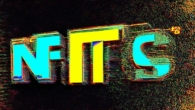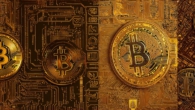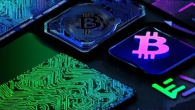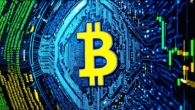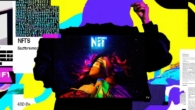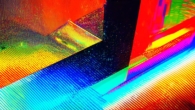
How do you purchase an NFT
In recent years, non-fungible tokens (NFTs) have gained immense popularity, particularly in the art and collectibles industry. These unique digital assets can represent anything from artwork to real estate and are bought and sold on blockchain platforms.
What is an NFT?
Before we dive into purchasing NFTs, let’s first understand what they are and why they’re so popular. An NFT is a digital asset that represents ownership of a unique item or piece of content. Unlike cryptocurrencies, which are interchangeable, NFTs are one-of-a-kind and cannot be replaced by another item.
Steps to Purchase an NFT
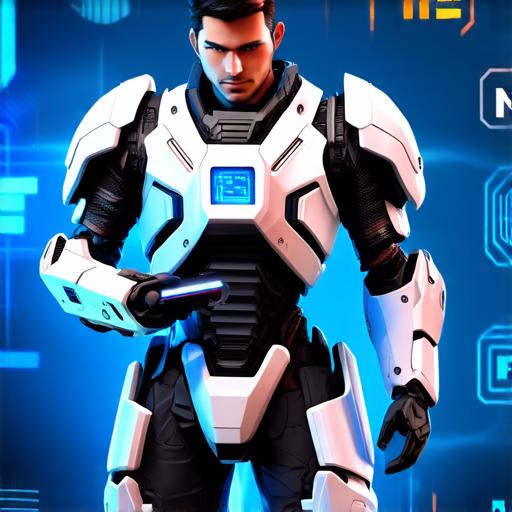
Now that we’ve covered the basics of NFTs, let’s explore how to purchase one.
Step 1: Choose a Platform
The first step in purchasing an NFT is to choose a platform where the asset is being sold. There are many platforms available, each with its own unique features and user experience. Some popular platforms include OpenSea, Rarible, SuperRare, and Nifty Gateway.
When choosing a platform, consider factors such as the type of NFT you’re interested in purchasing, the reputation and security of the platform, and the fees associated with buying and selling on the platform.
Step 2: Connect Your Wallet
Once you’ve chosen a platform, the next step is to connect your wallet to the platform. Your wallet is where your cryptocurrency and other digital assets are stored, and it allows you to make purchases on the blockchain.
Most platforms require you to connect your MetaMask wallet, which is a popular choice for NFT enthusiasts. However, some platforms may support other wallets as well.
Step 3: Browse the Marketplace
Now that your wallet is connected, it’s time to browse the marketplace and find an NFT you want to purchase. Most platforms allow you to filter your search by category, price range, and other criteria to help you find the perfect asset.
When browsing the marketplace, keep in mind that NFTs can be quite expensive, with some assets selling for millions of dollars. Be sure to set a budget before you start shopping.
Step 4: Make a Purchase
Once you’ve found an NFT you want to purchase, simply click the “Buy” button and follow the prompts to complete the transaction. You may be prompted to enter your payment information and confirm the transaction details.
It’s important to note that NFT purchases can take some time to process, as they are stored on the blockchain and require confirmation from network nodes. Be patient and allow the transaction to complete before attempting to access or view your new asset.
Step 5: Store Your NFT
After your purchase is complete, you’ll need to store your NFT in a secure wallet. Most platforms will allow you to store your NFT directly on their platform, but it’s generally recommended to move your NFT to a separate wallet for added security.
MetaMask is a popular choice for storing NFTs, as it allows you to view and manage your assets in one place. However, there are many other wallet options available, so be sure to do your research and choose the one that best suits your needs.
Case Studies: Successful NFT Purchases
Now that we’ve covered the basics of purchasing an NFT, let’s take a look at some real-life examples of successful NFT purchases.
The First NFT Sale on Christie’s
In 2021, Christie’s, the world’s oldest art auction house, sold its first piece of artwork as an NFT. The artwork, titled “Everydays: The First 5,000 Days,” was created by artist Beeple and sold for a staggering $69 million.
The sale marked a significant milestone for the NFT industry, as it demonstrated the potential for NFTs to be used as a legitimate form of currency in the art world.
The Sale of CryptoKitties
Another notable example of a successful NFT purchase is the sale of CryptoKitties. Created by Axiom Zen in 2017, CryptoKitties are digital cats that can be bought, sold, and bred on the Ethereum blockchain.
In 2018, a rare CryptoKitty named “Cryptokitty Moneta” was sold for $142,925, making it one of the most expensive NFTs ever sold at the time.
These case studies demonstrate that NFTs can be valuable assets and that there is a market for them in various industries.
FAQs: Frequently Asked Questions
Now that we’ve covered everything you need to know about purchasing an NFT, let’s address some of the most common questions.
How Do I Choose Which NFT to Purchase?
When choosing an NFT to purchase, consider factors such as the artist or creator, the rarity and uniqueness of the asset, and its potential for appreciation in value over time. It’s also a good idea to do your research on the specific NFT and its history before making a purchase.
How Do I Store My NFT?
After purchasing an NFT, it’s important to store it in a secure wallet to prevent unauthorized access or theft. Most platforms will allow you to store your NFT directly on their platform, but it’s generally recommended to move it to a separate wallet for added security.
How Do I Sell My NFT?
Selling an NFT is similar to purchasing one, with the exception that you’re selling your asset rather than buying it. Most platforms will allow you to list your NFT for sale and set a price. Once a buyer is found, the transaction will be processed on the blockchain, just like a purchase.
What Fees Do I Need to Pay When Purchasing an NFT?
When purchasing an NFT, you’ll need to pay fees associated with the transaction, including gas fees and transaction taxes. These fees can vary depending on the platform, the type of NFT, and the current market conditions. Be sure to factor in these costs when setting your budget for purchasing an NFT.
Summary: The Future of NFTs
NFTs are still a relatively new concept, but they have already proven themselves to be valuable assets in various industries. As a developer interested in NFTs, it’s important to stay up-to-date with the latest trends and developments in this exciting field.
With the rise of NFT marketplaces and increased interest from major players like Christie’s, it’s clear that NFTs have the potential to revolutionize the way we buy, sell, and view digital assets. Whether you’re a seasoned collector or just starting out, there’s no better time to explore the world of NFTs and see where they take you.
